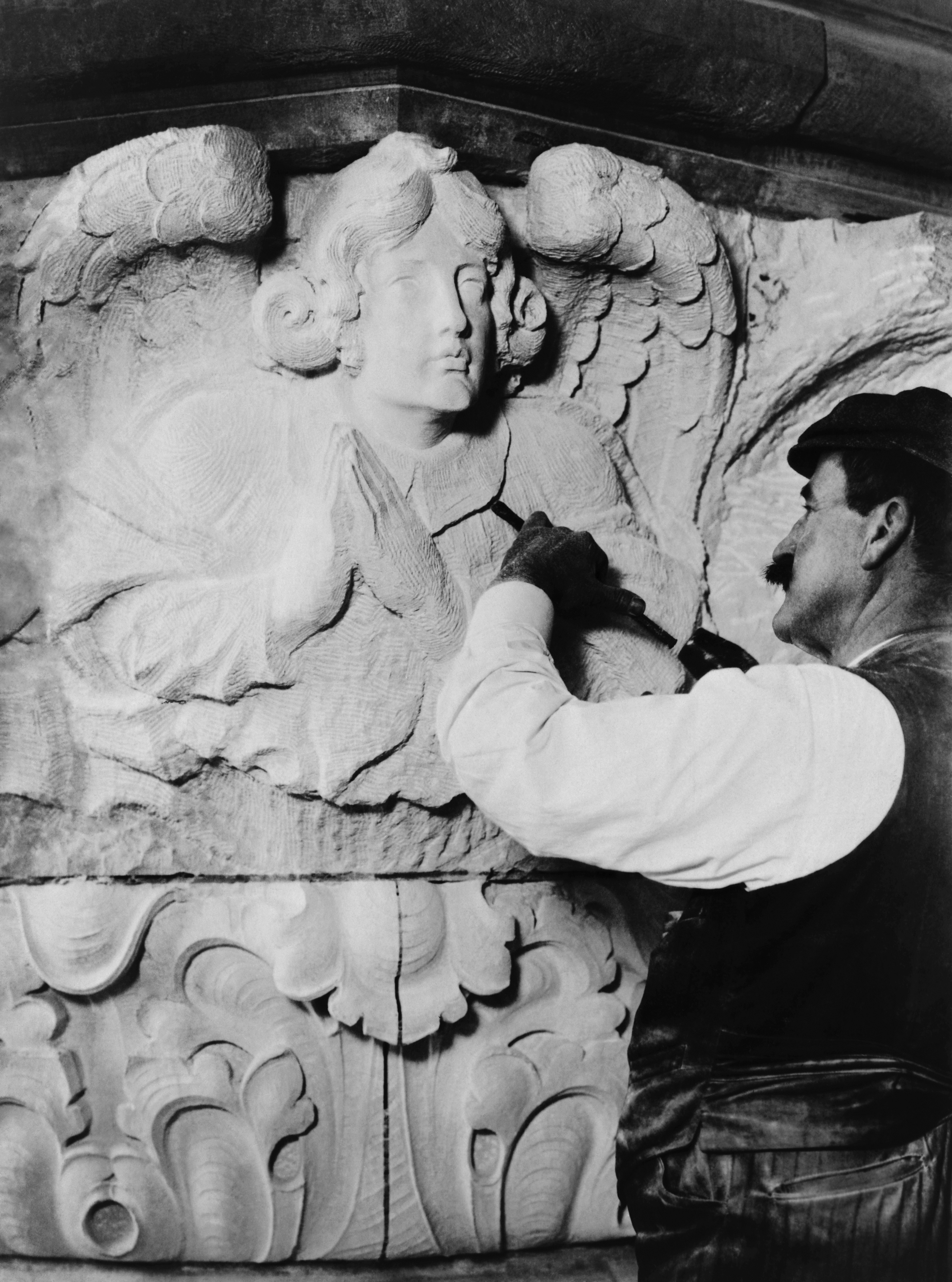As we start a new year, many of us make resolutions. You know the ones — lose weight, make more money or get out of debt, spend more time with the family, etc. And most of us will abandon these resolutions by February. Maybe we need to take a look at something more solid and lasting. Let’s look at scripture and see what inspiration we can draw from it about how to lead a better life in this new year. At DisiringGod.org, senior writer Tony Reinke writes about Saint Paul’s many “don’t be” statements in his letters like:
- Don’t be conformed to this age; be transformed by the renewing of your mind to know God’s will
- Don’t be arrogant around others; associate with the lowly
- Don’t be deceived about sexual sin; immorality damns souls
- Don’t be deceived about the influence your friends have on you; circle yourself with wise friends
There’s actually 30 of them mentioned in the article that paint a good picture of the type of person God wants us NOT to be. I usually try to avoid the “don’t do this and don’t do that” posts because I think it perpetuates the myth that the Catholic Church is only a set of rules limiting one’s personal freedom. This article shows you just how free you can be but you have to read between the lines. More specifically, you need to recognize the opposite person in what Saint Paul is telling you not to be — a saint.

What Saint Paul describes reminds me of a master sculptor starting with a piece of rough, unfinished stone. While others see a piece of rock, the sculptor sees the final and complete work that he just needs to liberate. He chips away at the rock discarding parts that don’t reveal his vision. These discarded pieces are like the “don’ts” in Saint Paul’s writings. They are the habits and attitudes that obscure God’s masterpiece in us that must be chipped away. God’s full vision is realized when all the worldly imperfections are removed revealing the perfection that was in God’s plan for you.
When I think about stripping away our worldly selves to reveal our saintly selves, the Third Luminous Mystery of the Rosary comes to mind. In this mystery, Jesus proclaims the Kingdom of Heaven and calls us all to a life of conversion. And what is conversion but the stripping away of the worldly behaviors Saint Paul outlines in his many letters in the New Testament?
Some clarification is needed between the theme of conversion in the Third Luminous Mystery and my analogy of the sculpture. You might infer that we are merely passive pieces of rock and that it’s God’s responsibility to chip away at us until we are saints. But we do have a very active part to play. We must be open to God’s influence and act on what God tells us through prayer. In other words, we must become like stone suitable for sculpting if God’s vision is to ever be realized. Otherwise, His plan for us will go unfulfilled. When we are open to the Holy Spirit and work hard to lead a life of conversion, we allow God to more easily work His miracles in transforming us into saints.
If you’re looking for a true resolution this year, remember Jesus’ call to conversion when you pray the Third Luminous Mystery of the Rosary. Ask God for help to be open to His plans. Yes, giving up some worldly habits and ambitions may be difficult and painful. You just have to put your faith in God that what you gain is far greater than what you lose.

And to end on a total tangent. Did you know that two years of work had to be wiped clean when Mount Rushmore was created? They discovered that the stone on the part of the mountain they were working on was unsuitable for carving and “erased” Jefferson’s image with dynamite and shifted the sculptures over. The lesson is that good rock becomes a masterpiece while bad rock gets discarded. Whether you want to be good or bad rock for God to work with is entirely up to you.
[amazon template=image&asin=1530300371]
